Omega Centauri
NGC5139
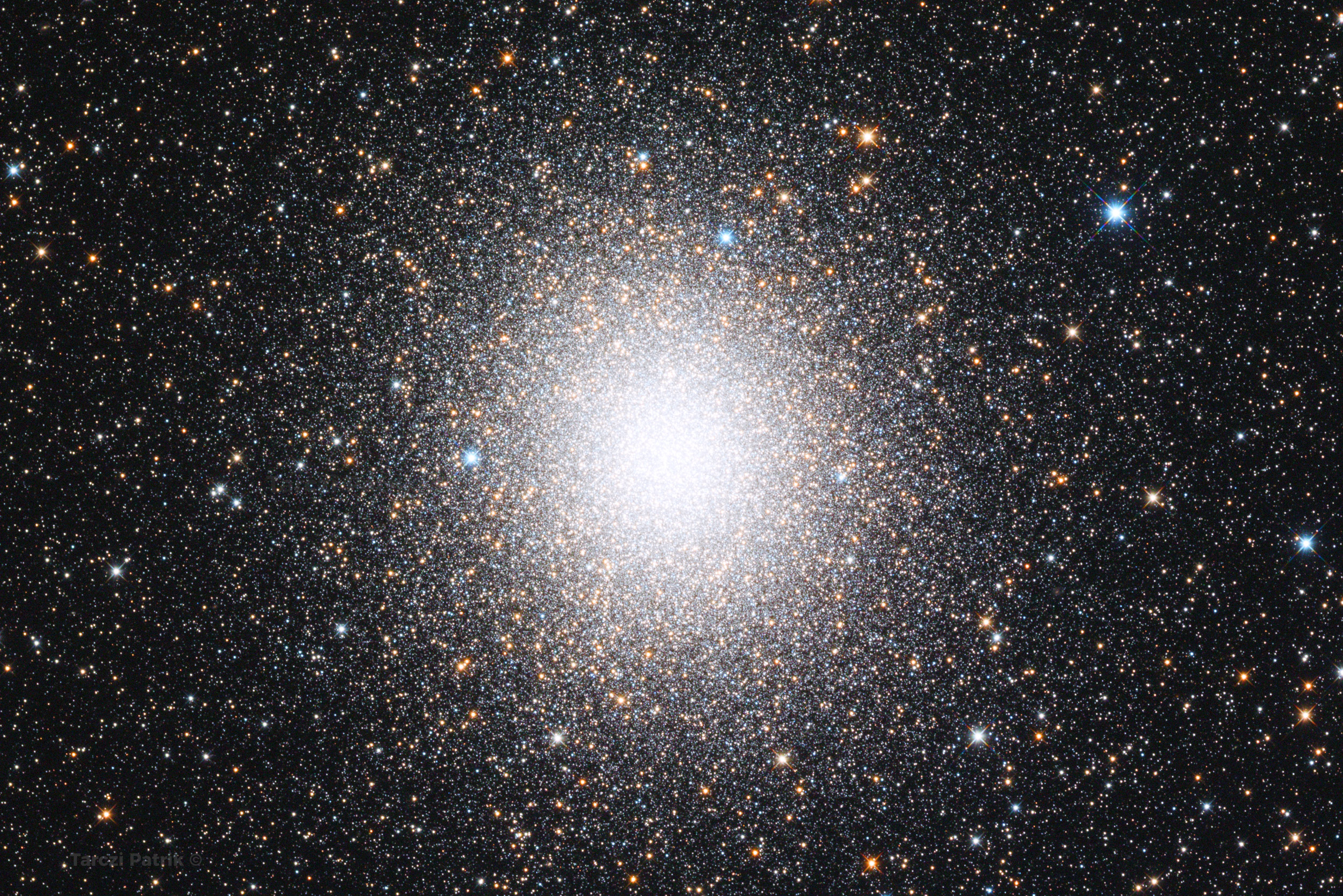
Technical data
| Instrument: | 173/700 Newton-astrograph (ZsIO), SkyWatcher comacorrector F/4 |
| Camera: | Atik One 6.0 |
| Filter: | Astronomik Deep-Sky LRGB, Astronomik L1 |
| Mount: | SkyWatcher NEQ6 Pro Synscan (modified) |
| Guiding: | Lacerta M-Gen autoguider, OAG |
Image data
| Exposure time: | LRGB: 4 x 4 x 3 mins |
| Location, date: | Namíbia, Isabis-farm 2018.05.08 |
| Transparency: | 10/10 |
| Temperature: | 8 °C |
| FWHM: | 2.70" |
| Processing: | CCDStack, Registar, Pixinsight 1.8, Photoshop |
Description
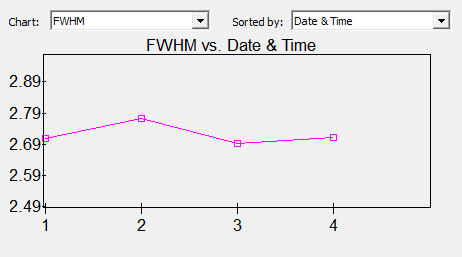
Omega Centauri, our brightest global cluster is located in constellation Centaurus, It is the biggest global cluster can be seen from Earth at a disctance of 15 800 light-years. Edmond Halley discovered it in 1677.
Omega Centauri is so distinctive from the other galactic globular clusters that it is thought to have an alternate origin as the core remnant of a disrupted dwarf galaxy.
Technical data
| Instrument: | 173/700 Newton-astrograph (ZsIO), SkyWatcher comacorrector F/4 |
| Camera: | Atik One 6.0 |
| Filter: | Astronomik Deep-Sky LRGB, Astronomik L1 |
| Mount: | SkyWatcher NEQ6 Pro Synscan (modified) |
| Guiding: | Lacerta M-Gen autoguider, OAG |
Image data
| Exposure time: | LRGB: 4 x 4 x 3 mins |
| Location, date: | Namíbia, Isabis-farm 2018.05.08 |
| Transparency: | 10/10 |
| Temperature: | 8 °C |
| FWHM: | 2.70" |
| Processing: | CCDStack, Registar, Pixinsight 1.8, Photoshop |
Recommended photos
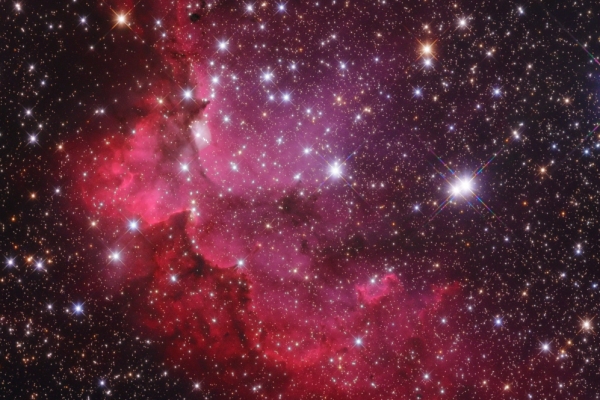
The Wizard Nebula
The Wizard Nebula, NGC7380 is located in constellation Cepheus, which lies roughly 8000 light-years away. It is categorized with number 142 by Stewart Sharpless in 1958.
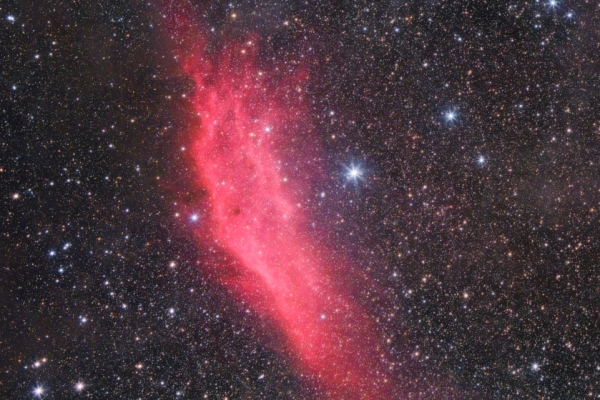
The complex of California Nebula
A wide-field photograph of the California Nebula and its surroundings. The connection of the cosmic dust and the bright nebula can be seen.
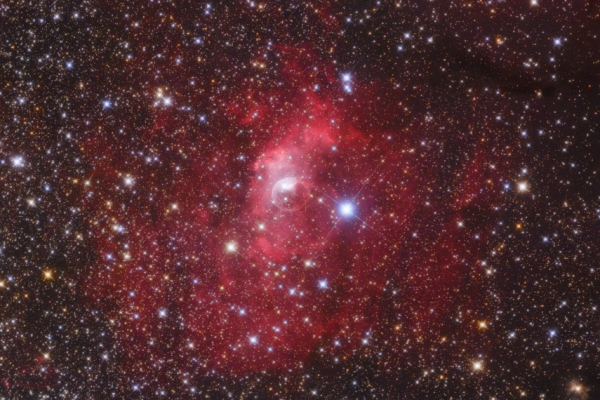
The Bubble Nebula
The Bubble Nebula and its surroundings, inter alia, M52 located in the border of constellation Cassiopeia.


